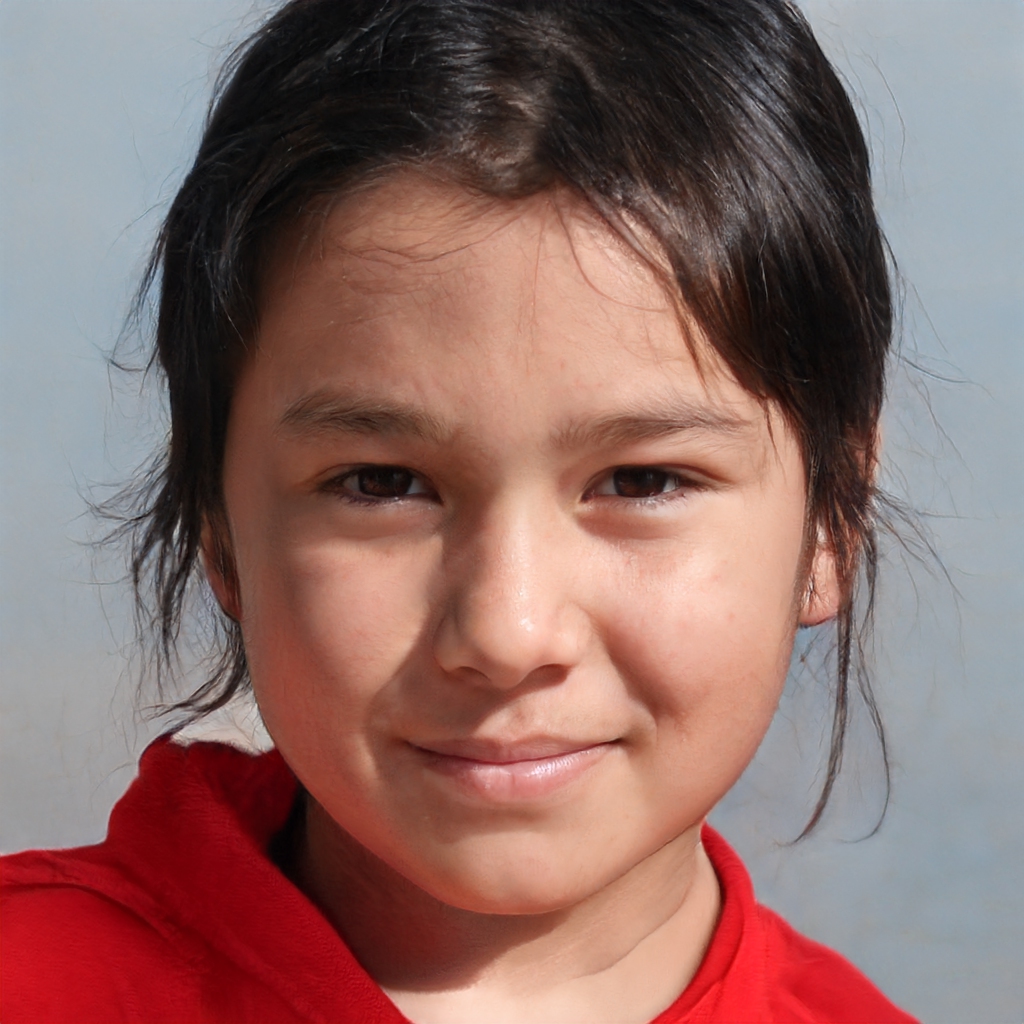Volcano lava tubes can simulate what life on Mars might be like. A six-room dome was built on HI-SEAS.
Astronauts prepare to go to Mars by simulating life on the Red Planet by spending time in lava tubes. Along Mauna in Hawaii is what looks like a large golf ball that houses the HI-SEAS facility. The dome has six rooms, a bathroom, a kitchen, a research lab and a relaxation area, is surrounded by solar panels on the outside and is attached to a storage container. Here, groups of six train for the chance to one day go live on the moon or Mars.
The area and life in the lava tubes
Astronauts prepare for the possible mission by living in an area about 360 feet wide, a little more than a quarter of a basketball court. At the HI-SEAS facility, the result of a NASA-funded research program, they run programs that simulate, as best they can, what life on non-terrestrial surfaces might be like. The center's director, Michaela Musilova, and her team are trying to answer several questions, such as what food would you eat without land to grow it? Or how will you live in close contact with just six other humans for years?
The challenge in HI-SEAS is precisely to test these scenarios. The would-be "conquerors" of space live in places that might most closely resemble what might be found on Mars and the Moon. Mauna Loa, where the facility is located, is an active volcano, and the surrounding landscape is littered with lava tubes that once carried cascades of molten magma.
It's volcanic terrain is made up of material similar to what's on our satellite and suspected to be on the Red Planet as well, at least in part. Geologists and astrobiologists are conducting research to identify similar facets of the scenarios astronauts will encounter on other planets.
Scientists living in the dome wear extravehicular activity suits whenever they leave the facility to explore lava tubes, conduct research and test new equipment. They communicate daily with mission control, which on Mars requires a 20-minute delay for messages to travel in each direction, and eat a diet of freeze-dried food and limited water. For Musilova, although the volcanoes on Mars appear to be much older and have different rock compositions, there are enough geological similarities in the Mauna Loa area that experimentation there is worthwhile.
In the meantime, Curiosity has photographed spectacular bright, shiny clouds on the Red Planet, while researchers have discovered that there are all the components of water in the Moon's sand.
